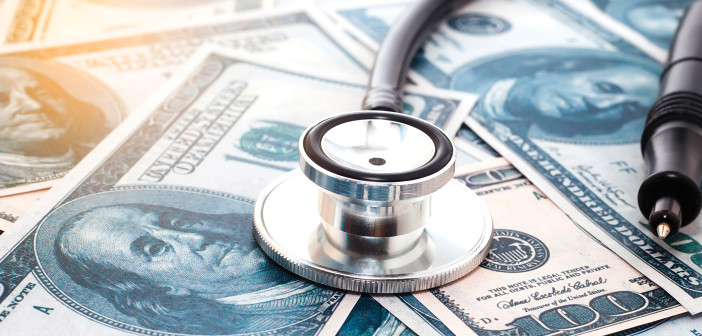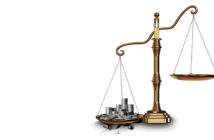Healthcare is one of our most pressing political issues, but I think the current debate is missing the mark. The problem is not a lack of insurance coverage, the problem is runaway costs. If healthcare costs can be restrained, coverage will follow.
I believe there are only two options for controlling healthcare costs. The first is a single-payer system with strict price controls. The government could control the reimbursement rate for physicians and use its bargaining power to negotiate lower prescription drug prices with the pharmaceutical companies. Administrators of the single-payer system would evaluate the effectiveness of treatments; those that have a high cost but a low expected benefit would be denied and access to high-cost specialists would be carefully rationed. This is where the real cost-saving is. Although Americans consume a large amount of prescription drugs, spending on them only represents 11 percent of total healthcare spending, compared to 14 percent in Canada.
The United States spends 16 percent of its economy on healthcare, while the average developed country only spends nine percent. Total government spending on healthcare in the United States though programs such as Medicare, Medicaid, the Children’s Health Insurance Program (CHIP), Tricare (health insurance for active duty and retired military personnel), the Veterans Administration, and subsidies for private insurance under the Affordable Care Act (e.g. “Obamacare”) currently cost approximately nine percent of the U.S. economy. Thus, if the U.S. was able to reduce healthcare spending to a share of its economy that is consistent with the rest of the developed world, we could have a single-payer system for everybody without raising taxes. Such a system would free up resources for businesses and state and local governments.
The second option for controlling healthcare costs is to make health insurance more like traditional insurance. Rather than have health insurance pay for everything, consumers would pay out-of-pocket for routine expenses such as doctor visits, prescriptions and tests, with insurance only kicking-in for catastrophic events, much like auto and homeowner’s insurance. In 1960, over half of all healthcare spending was paid for out-of-pocket by consumers, compared to about ten percent today. With consumers being insulated from the cost of healthcare, they have little incentive to be cost conscious and have incentive to over-utilize care. It’s worth noting that the two areas where healthcare costs have fallen, Lasik eye surgery and plastic surgery, are areas in which consumers pay for treatment out-of-pocket.
Singapore has such a system and only devotes four percent of its economy to healthcare. If the U.S. was able to achieve similar results, it would represent a $2 trillion savings to the economy. Government budgets at all levels would easily balance and while freeing up resources to fix the roads and provide public services. At 85 years, life expectancy in Singapore exceeds that in the United States.
If cost trends continue, Congress will need to seriously consider one of these two options.








